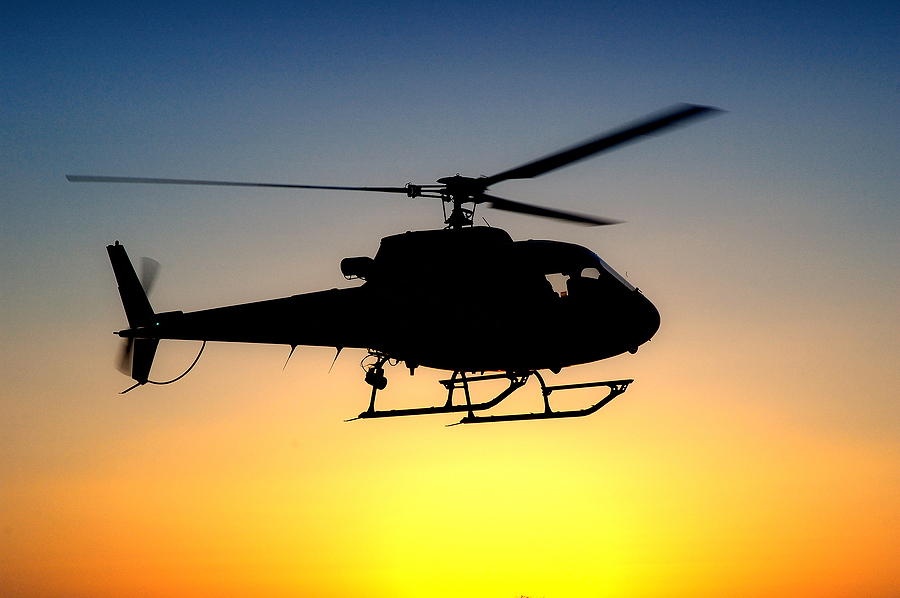Why Do Helicopters Fly By Tilting Backward & Forward?

Helicopters are known to be one of the most versatile aircraft. Even without the presence of a runway, it can take off and land anywhere. While they serve similar purposes as a plane, taking us from one point to another, there are distinct differences when it comes to when each aircraft best performs.
When it comes to unpredictable and tricky terrains, nothing beats the flexibility of helicopters. For example, helicopters are usually used to pluck stranded sailors lost in the sea. Before we dive deeper into why helicopters fly by tilting backwards and forward, let us explore how they are designed.
Key components
Helicopters are well-crafted and magnificent engineering masterpieces. The first key component is its fuselage, which is made using lightweight yet strong composite materials. It helps to contain the helicopter’s fuel. The second key component is its engine. Depending on the type of helicopter, they typically have one or two engines.
Most smaller helicopters that are used for tours use single-piston engines similar to those in cars. Larger ones, especially military ones, use dual-turbine engines that produce more power and speed.
The last key component is its tail and main rotor. The main rotor is the huge blades at the top of the helicopter. All helicopters require both rotors to get off the ground. This is due to Newton’s Third Law, stating that when a force is applied to a body, there is an opposite and equal force that reacts against it.
In the case of the helicopter, when the tail rotor spins, it results in the entire craft shifting in the opposite direction. Hence, the main rotor spins in the opposite direction of the tail rotor to ensure that the craft stays balanced.
Coming to movement
The helicopter pilot has five controls in which controls the movement of the craft: two foot pedals, the throttle, the cyclic pitch, and the collective pitch. Every complex manouevre the pilot performs is a combination of these five controls. The movement of the helicopter consists of two key factors: steering and hovering.
As the main rotor spins, the blades generate lift, making the helicopter get off the ground. If the amount of lift generated is more than the helicopter’s weight, it is called climbing. When the helicopter’s weight is equal to the amount of lift generated, it hovers. The pilot uses the collective pitch to control the amount of lift being generated by adjusting the angle of the blades, also known as the pitch.
The rotors can also generate more lift on one side to allow steering. Whichever direction the pilot wants to steer towards, they increase the pitch on the opposite side. In other words, if the pilot wants to steer to the right, they increase the pitch on the left, generating more left on that end, which causes the helicopter to tilt to the right and move in that direction. The pilot controls that motion through the cyclic pitch.
Conclusion
The next time you see a helicopter fly, you probably are aware of the mechanics and physics behind it and can be guaranteed that the pilot flying it is aware of what they are doing.
If you are interested in finding out more about the physics behind other aircraft, such as will overstressing an aeroplane results in bending, then look no further than Physics Tuition. We offer A Level H2 and H3 physics classes. On top of that, we also have IB HL, IP, and O-Level physics programmes! Contact us to find out more!